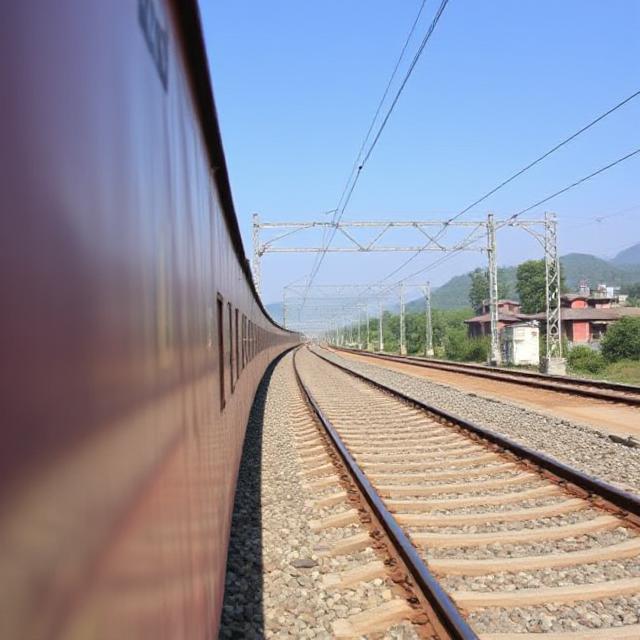Mizoram is set to achieve a historic milestone with the upcoming inauguration of the 51.38-kilometre Bairabi–Sairang railway line and the new Sairang (Sihhmui) station. This development will mark the first-ever direct railway connection for Aizawl, the state capital, significantly improving regional connectivity and economic integration with the rest of the country.
The project, expected to be inaugurated by the Prime Minister in mid-September, is being celebrated as a critical step in bringing the Northeast further onto India’s rail map. Once operational, the line will reduce travel time, lower logistics costs, and facilitate smoother trade flows for goods and raw materials, including essential commodities.
Steel has played a central role in the construction of this ambitious infrastructure project. Bridges, tracks, station frameworks and tunnel reinforcements required large volumes of structural steel, underscoring its indispensability in major rail undertakings. The reliance on steel reflects not only the material’s versatility and strength but also its significance in meeting the government’s broader push for infrastructure modernisation across the Northeast.
Beyond improved connectivity, the project is expected to drive local development by supporting construction, trade, tourism, and employment opportunities. Businesses in Mizoram will gain direct access to broader markets, while easier passenger movement will strengthen cultural and economic exchanges with neighbouring states and beyond.
For the steel industry, projects of this scale highlight the sector’s direct contribution to nation-building. As India expands its railway network, demand for steel in bridges, rails, and station infrastructure is set to remain strong, providing steady growth opportunities for manufacturers.
The Bairabi–Sairang line thus symbolises more than just connectivity for Mizoram—it stands as an example of how infrastructure and steel go hand in hand in shaping the country’s development trajectory.




